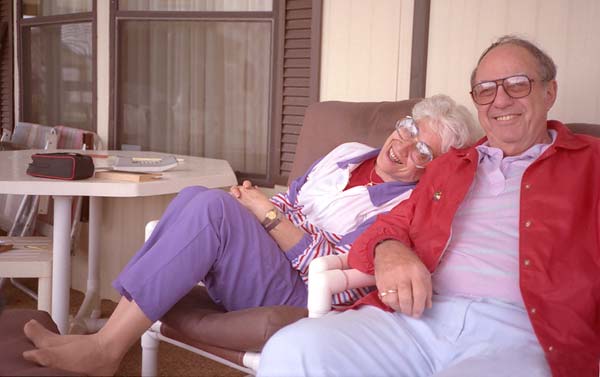|
| |
|
 |
|
|
|
|
|
More Tips |
|
Scanning with the Epson Perfection 4870 Pro |
|
The Epson Perfection 4870 was one of the most popular of
the Epson scanners when it was introduced in 2004 due to it having a 4800
PPI resolution and Digital Ice, which is a dust and scratch removal
software. The Photo version came with a transparency adapter, a LaserSoft
Silverfast Ai 6, Elements II, Monaco EZcolor and IT8 Targets and Epson
Scan. I paid $350, which was the most I had ever paid for a flatbed
scanner at that time. |
| What most users overlooked with all that
fancy software, was the accuracy of the bundled latest version of Epson
Scan. Prints or transparencies scanned through Epson Scan needed little,
or in some cases, no tweaking when opened in Photoshop. In fact, two years
later, I've still not needed to open the LaserSoft software at all. |
| Don't get me wrong here. Scanning film on
a flatbed, even the Epson Perfection 4870, can't compare to using a
dedicated film scanner. I've scanned over 5000 35mm transparencies in the
last two years with my Nikon CoolScan 5000ED. But for larger film, whether
negative or transparency, I've saved the cost of a much more expensive
dedicated scanner and for my purposes the results are excellent. |
|
The Epson Expression 10000XL |
| I've recently purchased the Epson
Expression 10000XL for scanning oversize art work for clients and owning
the Perfection 4870 has saved me $600 for the 12x17 transparency adapter.
The 10000XL comes with that same excellent version of Epson Scan and gives
great detailed scans of paintings, etchings and other flat art. In fact,
using Photoshop's automated Rotate and Crop tool lets me scan as many
prints as can fit on the bed and automatically rotate and crop each print
as a separate file, saving me hours of scanning time. |
|
Scanning Film with the Epson Perfection 4870 Pro |
| The first setting you need to change is to
set the scanner to the Professional Mode, which will give you options that
effect your scans. One option is that the scanner will show you all of the
area the scanner is capable of scanning and let you draw the marquee that
defines the scan. Otherwise the scanner will crop to the edges of the
transparency guides and you'll loose the information at the edges of your
image. |
| Make sure you scan at a high enough
resolution for the intended use. If you're scanning 35mm film and want to
make 8x10 prints, you need to scan at a resolution higher than 3000 pixels
per inch. You will also find that high resolution scans can take what
seems to be forever, especially if you have Digital Ice turned on. That's
why I use the Nikon CoolScan for 35mm film. |
|
The setting for scanning color negative film into
Photoshop are: |
File>Import>Epson Perfection 4870
Document Type>Film
Film Type>Color Negative |
| Here's a strip of four negatives I
scanned: |
 |
| Here's the resulting image after
adjusting the contrast using Levels and adjusting the color using Curves,
something I do with every image: |
 |
|
So you can see, if done properly, scanning negative film
with Epson Scan is no more difficult than scanning prints. |
|
More Tips |
|



